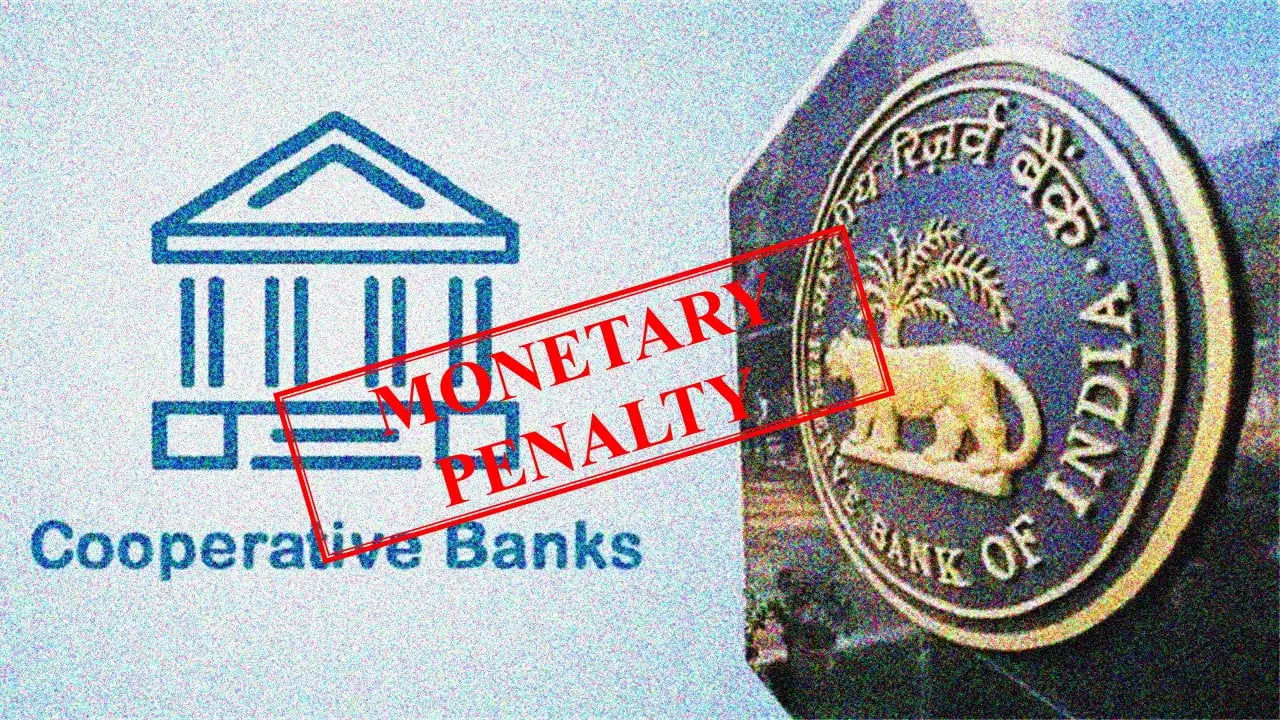RBI policy less hawkish, interest rates to remain high for next few months: Unmesh Kulkarni of Julius Baer India
The Reserve Bank of India (RBI) has maintained its stance that it will keep liquidity tight while simultaneously prioritising the containment of inflation and the promotion of growth.

Regarding policy rates, the Reserve Bank of India's (RBI) rate decision in its monetary policy statement was largely in accordance with expectations - status quo. Since the February policy, we have anticipated a protracted pause from the RBI, and the current policy decision is consistent with our expectations.
In the short term, the recent increase in food and vegetable prices is cause for concern because it temporarily disrupts the downward trend in consumer price inflation (CPI) that the RBI has been able to achieve through monetary policy actions and liquidity management. The Monetary Policy Committee (MPC) has considerably (by 100 bps) increased its inflation forecast for Q2FY24 to 6.2%, which exceeds the upper limit of the RBI's tolerance band of 6%.
The MPC has also increased its CPI projections by 30 basis points for Q3 and by 30 basis points for the complete fiscal year 2023-24. However, as anticipated, the MPC has decided to disregard the current spike in food inflation (caused by non-seasonal rains, El Nino, etc.) as it regards it as temporary.
Notable is, however, the RBI's projection of an elevated CPI for Q1FY25 (i.e. April-June of the following fiscal year) at 5.2%. Given the continuous reiteration by the governor of the median CPI target of 4%, the most recent projections essentially eliminate any rate cut expectations for FY24. Unless there is a significant decline in global growth that has a considerable impact on domestic growth, it appears highly unlikely that the RBI will change course during the current fiscal year.
The introduction of the 10 percent incremental cash reserve ratio (referred to as I-CRR) on the net demand and time liabilities (NDTL) of banks during the recent May-July period was a bit of a surprise in this policy statement. The governor has acknowledged that the RBI's Variable Rate Reverse Repo (VRRR) auctions are not having the desired effect on liquidity withdrawal, which remains in surplus mode, because banks prefer to store their excess liquidity in the SDF window rather than the VRRR window. The I-CRR measure is intended to be temporary (possible until September 8) and non-disruptive; however, it is likely to cause short-term increases in money market interest rates.
Overall, the RBI continues to emphasise maintaining a balance between containing inflation on the one hand and promoting growth on the other, while maintaining constrained liquidity. Due to the central bank's emphasis on reducing liquidity, yield curves will remain level in the near future.
While the policy appears to be less hawkish than its predecessor, it moves back any expectations for rate cuts or even a softening of the policy stance (from the long-standing "withdrawal of accommodation"). In the coming months, domestic interest rates will remain elevated until there is clarity regarding a resumption of the downward trajectory of the headline CPI or meaningful moderating of growth conditions.
In the present environment, investors can capitalise on the high interest rate environment by investing in short- to medium-term fixed income opportunities, while the allocation to longer duration investments should be staggered with a longer investment horizon in mind.
The opinions and investment advice expressed by investment experts on Moneypoise.com are their own and do not reflect the views of the website or its management. Moneypoise.com advises users to consult with qualified professionals prior to making investment decisions.
Also Read : TVS Supply Chain Solutions IPO records 55% booking on debut














.jpeg?updatedAt=1701886969716)
.jpeg?updatedAt=1701702728980)




